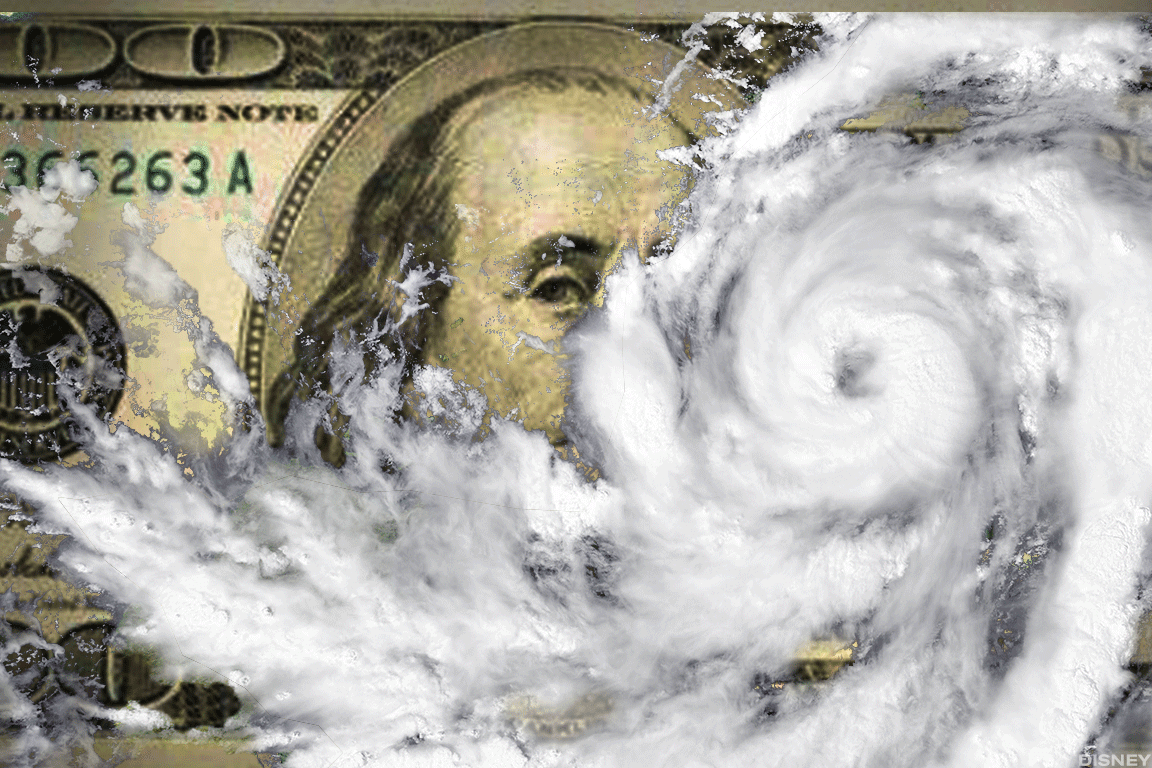
The U.S. property & casualty insurance industry pays out more than $790 billion in policy benefits, according to the Treasury Department.
The industry also employs more than half a million people, making property & casualty (or "P&C," as insurance insiders call it) one of the more important spokes in the insurance industry wheel.
The Reason Why No One Knows About Property & Casualty Insurance
P&C insurance is one of the most "overlooked" forms of personal and business insurance. How come?
A white paper entitled "The Overlooked Gap in Financial Advice,” by Chubb, a commercial insurance company, and Oliver Wyman, a management consulting firm, states that millions of Americans go to great lengths to protect traditional financial assets, yet the vast majority overlook costly property and casualty insurance risks. That, the report states, is an error of omission that could lead to big financial trouble if a consumer or small business is targeted for a lawsuit or financial damages, but doesn't have P&C insurance.
Why Do You Need a Property & Casualty Insurance Policy?
Property and casualty insurance aids consumers in protecting their possessions (that's the property side) while providing liability coverage (that's the casualty side) if you're deemed legally responsible for an accident that results in bodily harm to another individual, or to any possessions that person owns. Homeowner's insurance, renter's insurance and auto insurance are both examples of P&C insurance.
"A smart way to think of property and casualty insurance is to frame it within the idea of risk and consequence," says Kent Thune, insurance analyst at FitSmall Business in New York City. "Like many other forms of insurance, the risk of incurring a P&C claim is relatively low, but the consequence of not having this coverage can be extremely high."
As an example, Thune says, the odds of someone getting injured on your property and successfully winning a million-dollar lawsuit against you are low. "That said, you don't want to be faced with this scenario without the proper liability coverage," he states.
In addition, people struggle to make smart decisions about risk trade-offs and insurance or other risk financing options.
"A good example of that is people who live in Florida who have high hurricane deductibles or who are out of the flood zone but don't understand that flood maps are old and there is always a possibility that a hurricane can flood many areas," says Layne Kertamus, a P&C insurance specialist with 20-years in the business. "Likewise, a doctor may not quite understand how the insurance company's defense cost provision works in a policy that could have the effect of reducing available coverage."
"Even large companies don't necessarily understand where their P&C risk exposure is and how that could result in financial impairment," Kertamus adds.
Even consumers who do want P&C insurance often have trouble getting a good policy and finding solid financial advice in choosing a policy. According to Chubb, 75% of high-income level consumers want their financial advisor to help, yet only 28% of advisors offer P&C insurance support. But financial experts say U.S. adults who ignore property & casualty insurance are taking a big risk.
Where Can You Find Property & Casualty Insurance?
Once you realize your assets are at risk for a property and casualty claim, the job at hand is to get good P&C insurance that fits your needs.
"Turning to an independent broker is the best way to get personal property & casualty insurance," says Matthew Struck, a partner at Treadstone Risk Management, LLC in Morristown, N.J. "They can market your coverages to many different companies and recommend the options that represent the best coverage for the best price, which gives you the best insurance value."
Property & casualty insurance should be part of the overall household insurance package, which should include homeowners, auto, health insurance and disability, and term life insurance, Struck says. $300,000 in liability coverage should do the trick on the property & casualty insurance front, he says, but talking to an insurance professional should be mandatory to properly assess your own unique overall insurance requirements.
Insurance brokers also represent multiple insurance carriers and can save time, money, and energy to find affordable and comprehensive coverage, says John Espenschied, owner of Insurance Brokers Group, in St. Louis, Mo.
"We recommend checking insurance rates for auto and home insurance (both of which offer P&C component coverage, up to certain coverage limits) every two years to ensure you are receiving competitive rates and up-to-date coverage limits," he says.
Generally speaking, bundling insurance can be your best bet for receiving the lowest P&C premium rates, but that's not always the case, Espenschied states.
"Some insurance carriers might be very competitive on auto insurance but not with home insurance," he notes. "Having an insurance broker shop multiple companies will give you the choices and options you need to make an informed decision."
Good liability coverage isn't overly expensive (in the range of $400 to $700 per year should net you a decent policy), according to industry statistics. The cost is well worth it, given the downside of the financial damages, for example, of someone being injured on your property.
Talk to an insurance professional to gauge your need for property & casualty insurance. For a relatively small amount of cash, it might turn out to be one of the savviest money moves you'll ever make.







